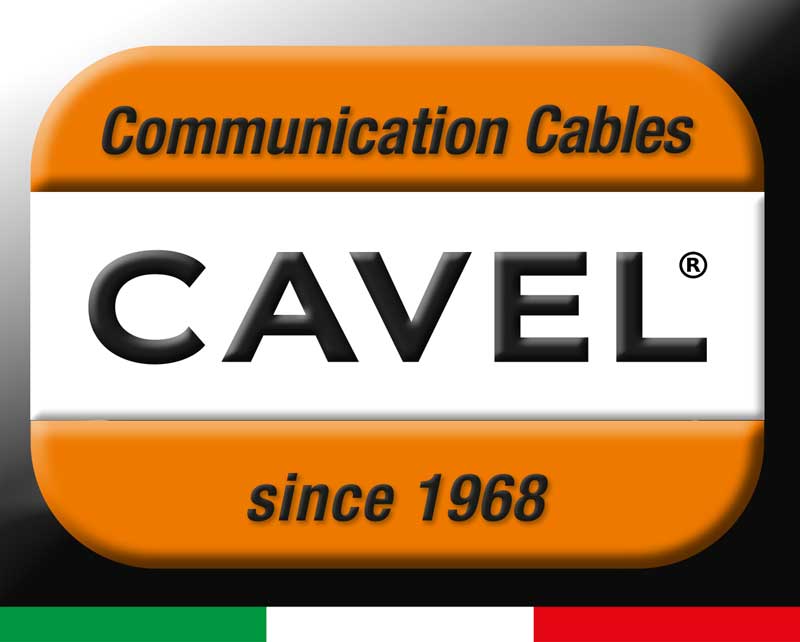When it comes to Ethernet cables, we have the choice between solid and flexible cables. With their concentric strand copper conductors, the use of flexible cables is required in certain specific situations:
- repeated bends;
- vibrations that would stress a solid conductor;
- movable laying conditions where required.
The cable series called LANF refers precisely to this type of flexible cable.
In horizontal cabling, when it comes to connecting terminals to network connectivity devices such as switches and hubs via patch panels, pre-assembled, factory-tested patch cords are the recommended choice. These patch cords also make connections between wall outlets and network devices such as computers, printers, and other Ethernet devices. Patch cords are the part of the network cabling that can be seen and handled directly. However, because they are exposed, they are often the weak point of the system. Bends, tears, rips, crushing, and worn contacts can drastically reduce the performance of a patch cord.
Although it is possible to make a patch cord using the same cables used for the main cabling, this practice is strongly discouraged. It is preferable to use specially made patch cords of the same transmission category as the main cables. If you wish to create a patch cord with cables from the main cabling or cables suitable for long distances, it is important to choose suitable plugs for the cable header, carefully checking the diameters of internal conductors and insulators to ensure compatibility between cable and connector.
Making patch cords requires precision and accuracy to ensure consistent and reliable data transmission performance. In addition, the termination process involving the separation of pairs increases the susceptibility of the cable to interference. Improper mechanical bending to connect the connector to the cable can alter the normal geometry of the cable and become a source of interference or attenuation. Therefore, pre-assembled and factory-tested patch cords are essential components to ensure consistent and reliable transmission performance.
It is also a good idea to always consider the minimum bend radius and maximum pulling force guidelines. It is important to loosely group cable bundles using cable ties so that they can rotate freely when repositioning on panels. It is critical to avoid tangling cables.
You can find more information on our flexible Ethernet cables on our dedicated page.



